Throughout entertainment history, animal characters have captured our hearts and imaginations, becoming cultural icons that transcend their fictional worlds. What makes many of these characters particularly compelling is their foundation in real animal species, whose natural behaviors and characteristics inspire the personalities we come to love. From wise owls and mischievous rabbits to loyal dogs and cunning foxes, these beloved characters often reflect genuine traits of their real-world counterparts, creating a connection that resonates with audiences of all ages. This exploration delves into some of history’s most cherished animal characters, examining how their real-life species influence their fictional portrayals and why they’ve become so deeply embedded in our collective consciousness.
Charismatic Canines: From Lassie to Snoopy
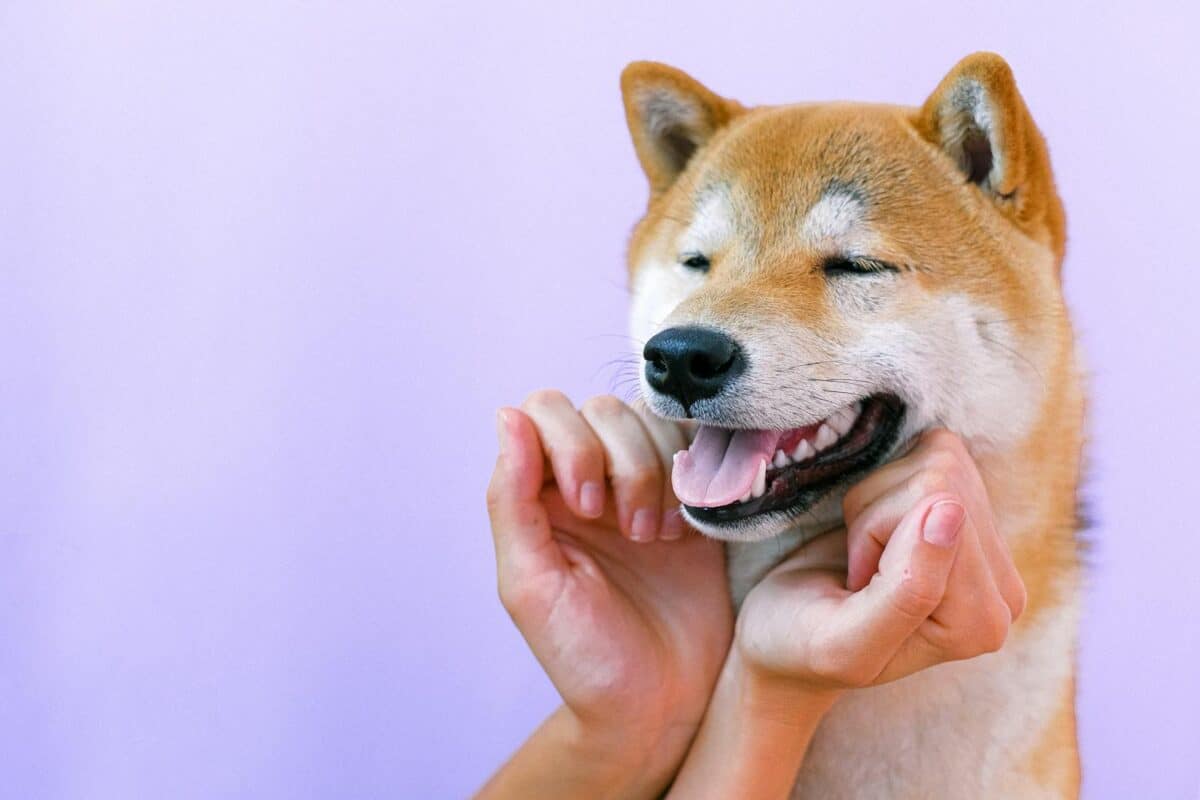
Dogs have long held the title of “man’s best friend,” so it’s no surprise they feature prominently among beloved animal characters. Lassie, the iconic rough collie who first appeared in a 1940 novel before starring in films and a long-running television series, exemplifies the loyalty, intelligence, and protective instincts that make collies exceptional working dogs. The character’s heroic rescues and unwavering devotion mirror the real breed’s natural tendency to form strong bonds with their human families and their historical role as herding and rescue dogs in the Scottish Highlands.
On a completely different spectrum is Snoopy, Charles M. Schulz’s beagle with a rich fantasy life. While not as realistic in his portrayal, Snoopy does capture certain beagle traits—particularly their playful nature and vivid personalities. Real beagles are known for their determined, curious disposition and strong scenting abilities that made them excellent hunting dogs. Snoopy’s imaginative adventures as a World War I flying ace or a literary genius might be fantastical, but his expressive personality and zest for life reflect the engaging temperament that makes beagles one of America’s most popular family dogs.
Big Cats in Animation: From Simba to Tigger
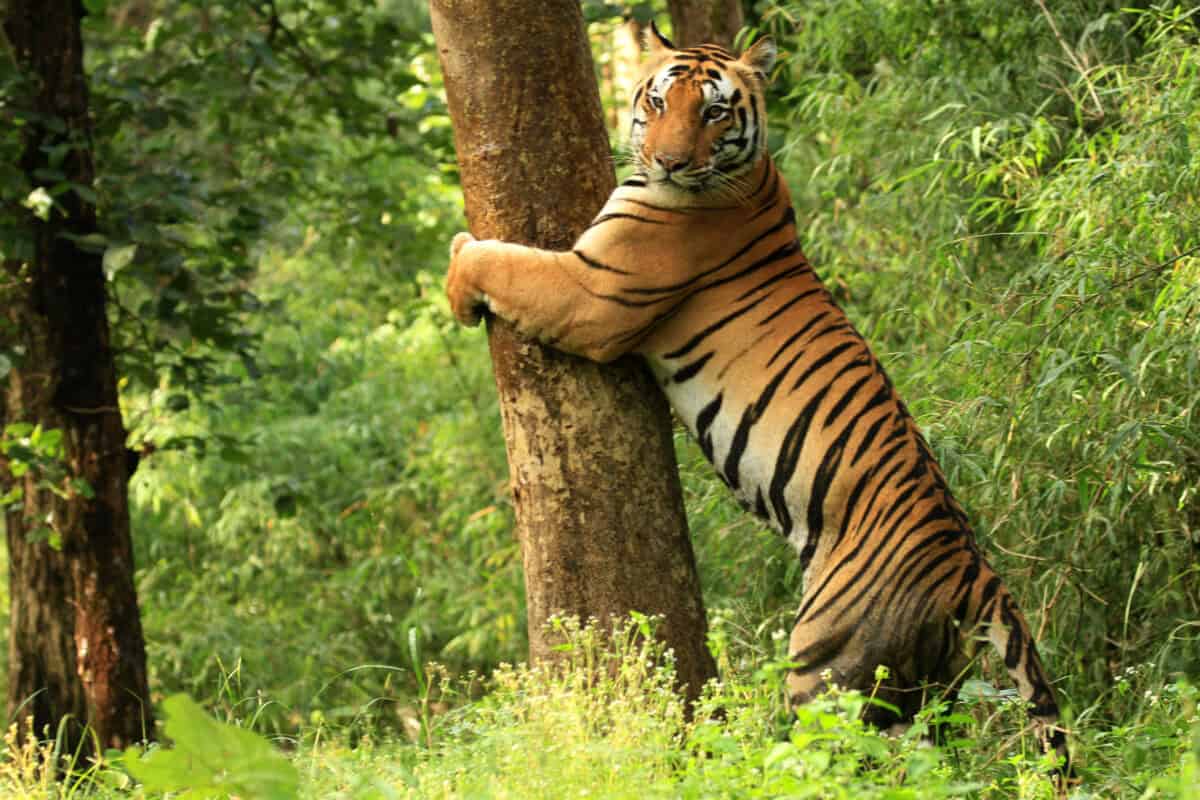
The majestic lion, with its impressive mane and regal presence, provides the perfect template for one of animation’s most beloved characters: Simba from Disney’s “The Lion King.” Lions are the only truly social cats, living in prides with complex social structures that include specific roles and hierarchies—a fact thoughtfully incorporated into the film’s narrative. Male lions in nature do indeed compete for leadership of the pride, and young males must often leave to establish their own territory before returning to challenge for dominance, mirroring Simba’s journey from exile to rightful king.
Tigger from A.A. Milne’s “Winnie the Pooh” represents a more whimsical take on tiger behavior, but still captures some authentic traits. His boundless energy and distinctive bouncing reflect the impressive agility and strength of real tigers, who can leap up to 16 feet horizontally and 10 feet vertically. Though real tigers are solitary hunters rather than the social, exuberant character portrayed in the Hundred Acre Wood, Tigger’s uniqueness (“I’m the only one!”) does align with the endangered status of wild tigers, whose global population has diminished dramatically due to habitat loss and poaching.
Wise and Mysterious Owls in Literature
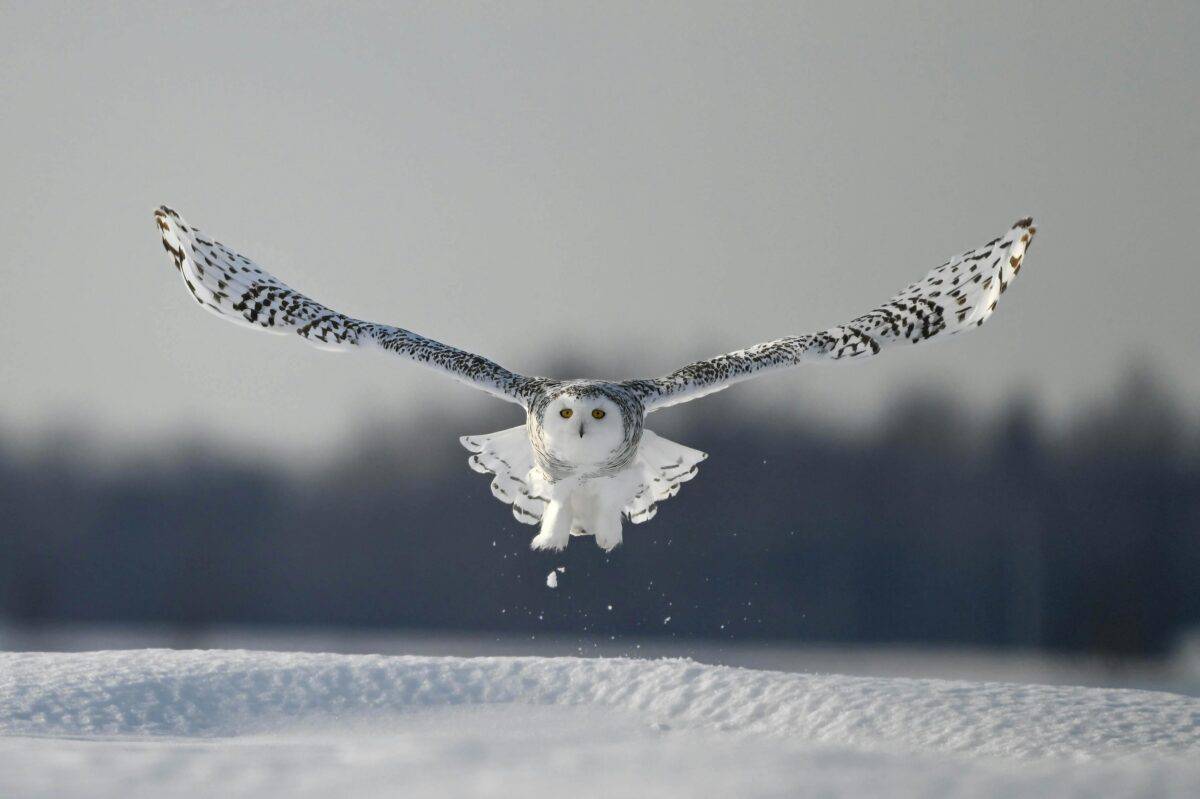
Owls have long symbolized wisdom in human culture, a perception that has translated into numerous beloved characters in literature and film. Perhaps none is more iconic than Hedwig from the Harry Potter series, a snowy owl who serves as both companion and messenger to the young wizard. J.K. Rowling’s portrayal draws on the real characteristics of snowy owls (Bubo scandiacus), which are diurnal rather than nocturnal, explaining Hedwig’s activity during daylight hours. These magnificent Arctic birds are known for their striking white plumage, yellow eyes, and exceptional hunting abilities, though their intelligence in reality is specialized rather than the human-like comprehension depicted in the books.
Another memorable owl character is Owl from Winnie the Pooh, whose scholarly demeanor and tendency to dispense (sometimes long-winded) advice embodies the cultural association between owls and wisdom. While real owls cannot read or write as the character does, they are remarkable predators with specialized adaptations including silent flight, exceptional night vision, and facial discs that funnel sound to their asymmetrically placed ears—allowing precise localization of prey even in complete darkness. These extraordinary abilities may have contributed to humanity’s long-standing perception of owls as creatures of mysterious intelligence.
Clever Foxes: From Fantastic Mr. Fox to Nick Wilde

The red fox’s reputation for cunning and adaptability has made it a natural choice for characters requiring wit and resourcefulness. Roald Dahl’s Fantastic Mr. Fox exemplifies these traits, outsmarting human farmers through elaborate tunneling systems and clever strategies. Real red foxes (Vulpes vulpes) do indeed create complex den systems with multiple escape routes, and their problem-solving abilities in obtaining food have been well-documented by wildlife researchers. Their adaptability has allowed them to thrive not only in woodland habitats but also in urban environments worldwide, making them one of nature’s most successful opportunists.
Disney’s Nick Wilde from “Zootopia” offers a more nuanced portrayal of fox characteristics, beginning as a con artist but revealing deeper dimensions to his character. The film cleverly plays with and ultimately challenges stereotypes about foxes being untrustworthy. In reality, foxes are intelligent omnivores who display remarkable memory and spatial awareness. Studies have shown they can remember the locations of hundreds of food caches and can quickly adapt to changing circumstances—skills that would indeed serve a character like Nick well in his various schemes before he finds a more noble purpose.
Bears with Heart: From Winnie-the-Pooh to Paddington

Bears may be formidable predators in the wild, but in children’s literature, they often embody gentleness and warmth. A.A. Milne’s Winnie-the-Pooh, inspired by his son’s teddy bear (which was in turn named after a real Canadian black bear at London Zoo), captures certain bear-like traits while humanizing them considerably. Pooh’s love for honey reflects real bears’ sweet tooth and powerful sense of smell, which can detect food from miles away. Black bears do indeed have a particular fondness for honey and will raid beehives despite the stings they receive—though they’re primarily after the protein-rich bee larvae rather than the honey itself.
Paddington Bear, created by Michael Bond, offers another beloved ursine character, this time specified as a spectacled bear from “darkest Peru.” This species (Tremarctos ornatus), the only surviving bear native to South America, does inhabit the Peruvian Andes as the stories suggest. While real spectacled bears are primarily vegetarian, favoring fruits, berries, and plants rather than marmalade sandwiches, they do share Paddington’s excellent climbing abilities. These bears are indeed excellent tree-climbers who construct platforms of broken branches where they feed and rest—a far cry from Paddington’s life in London, but a connection to his authentic biological heritage.
Rabbits and Hares: From Bugs Bunny to the Velveteen Rabbit
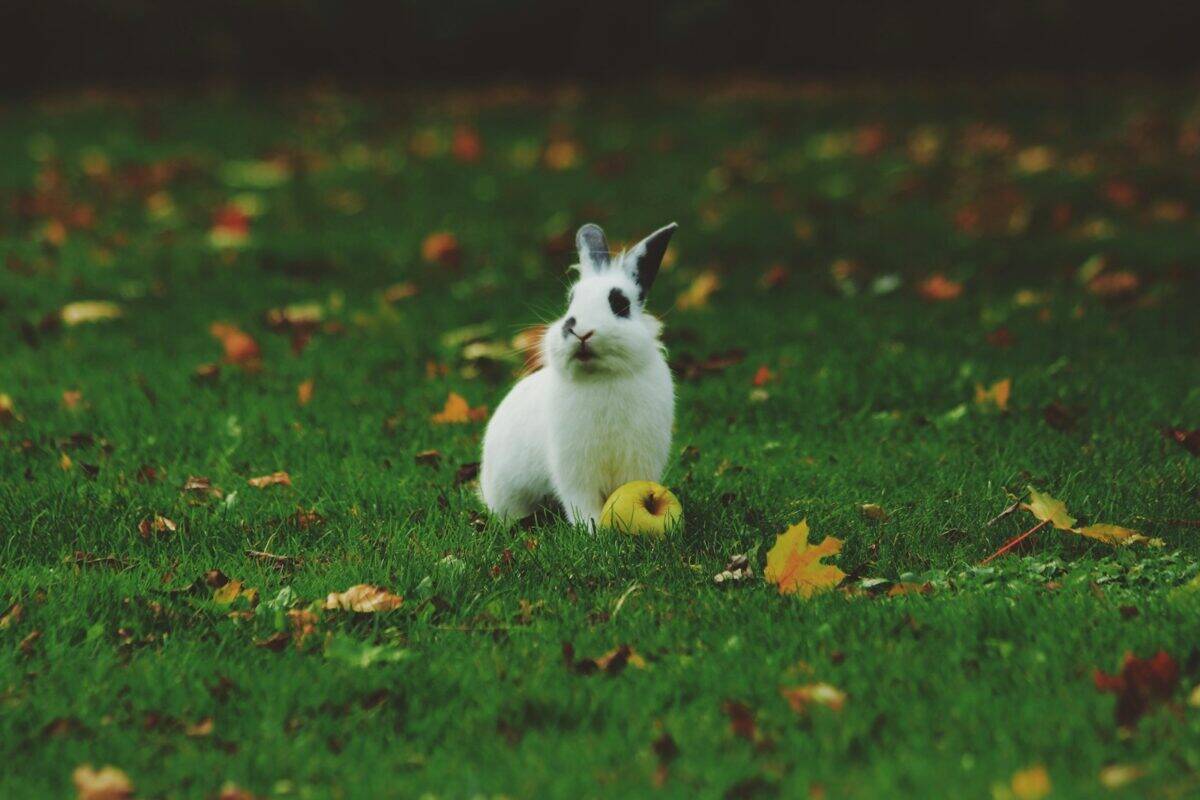
Few animated characters have achieved the cultural impact of Bugs Bunny, whose quick wit and unflappable demeanor have entertained audiences since 1940. While heavily anthropomorphized, Bugs does display certain rabbit characteristics, particularly in his carrot-munching habit and impressive burrowing abilities. Wild rabbits are indeed prolific diggers who create extensive warren systems with multiple chambers and escape tunnels. However, the carrot obsession is more Hollywood than reality—wild rabbits primarily eat grasses and leafy plants, with root vegetables being an occasional treat rather than a dietary staple.
The Velveteen Rabbit from Margery Williams’ beloved children’s book takes a more emotional approach to rabbit portrayal, focusing on themes of love and authenticity rather than biological accuracy. However, the character’s soft appearance and gentle nature do reflect certain aspects of domestic rabbits, which have been selectively bred for temperament and appearance over thousands of years. The story’s theme of becoming “Real” through being loved mirrors the process of domestication that transformed wild rabbits into the companion animals we know today—a genuine biological transformation driven by human selection for traits like docility and neoteny (the retention of juvenile characteristics into adulthood).
Aquatic Icons: From Finding Nemo to Free Willy
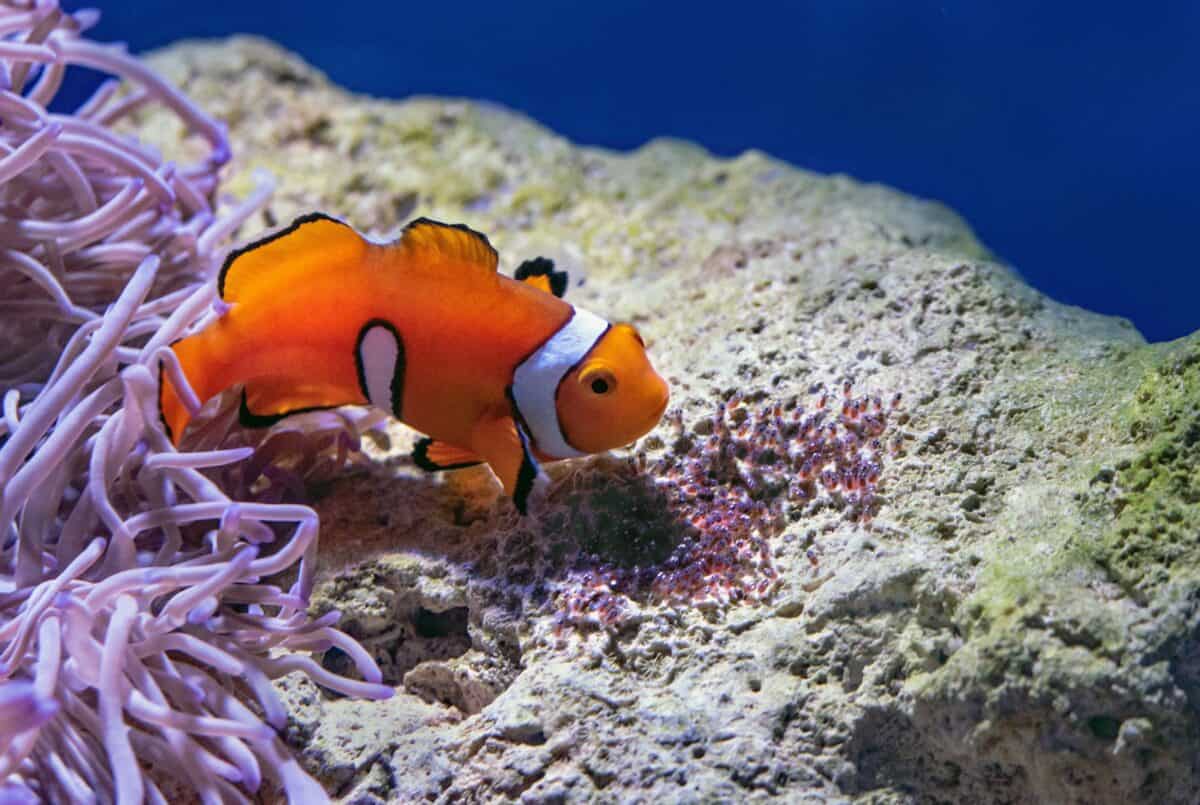
The 2003 Pixar film “Finding Nemo” introduced audiences to one of animation’s most beloved fish characters while incorporating impressive amounts of marine biology into its storytelling. Clownfish, like Nemo and his father Marlin, do indeed live in symbiotic relationships with sea anemones, which protect them with their stinging tentacles—tentacles that clownfish are uniquely immune to thanks to a protective mucus coating. The film also accurately portrays clownfish as sequential hermaphrodites, with the dominant female (which would have been Nemo’s mother) being replaced by the largest male if she dies—though the film understandably simplified this complex biological reality for its family audience.
Free Willy captured hearts with its story of a boy and an orca forming an unlikely bond. The film raised awareness about killer whales while simplifying their complex social structures. In reality, orcas are highly intelligent marine mammals with sophisticated pod societies and distinctive hunting techniques that vary between populations. Different orca groups specialize in hunting particular prey—some focus on fish, others on seals or even other whales—and these specializations are passed down culturally through generations. These complex cultural traditions, along with their strong family bonds (orcas typically stay with their maternal pod for life), have led many marine biologists to consider orcas among the most intelligent non-human species on Earth.
Primates in Pop Culture: From King Kong to Curious George

Few animal characters have achieved the iconic status of King Kong, the giant gorilla whose story has been retold numerous times since the original 1933 film. While dramatically oversized, Kong’s portrayal does incorporate genuine gorilla behaviors, particularly in more recent adaptations that show him knuckle-walking, chest-beating, and displaying the protective nature observed in silverback males. Mountain gorillas are indeed generally peaceful herbivores unless provoked, with complex social structures led by a dominant silverback who protects the troop—traits reflected in Kong’s characterization as both fearsome and noble.
On a much gentler scale, Curious George has delighted children for generations with his mischievous adventures. Created by H.A. and Margret Rey, George is described as a monkey, though his lack of a tail and other physical characteristics suggest he’s actually a juvenile chimpanzee. His insatiable curiosity and propensity for getting into trouble reflect genuine traits of young chimps, who learn through extensive play and exploration. Real chimpanzees are highly intelligent primates capable of using tools, solving complex problems, and even learning symbolic language—though George’s adventures take these capabilities into fantastical territory when he operates machinery or participates in human activities.
Elephants with Character: From Dumbo to Babar

Disney’s Dumbo transformed the tragedy of a circus elephant with oversized ears into a triumphant story about embracing differences. While flying elephants remain firmly in the realm of fantasy, many aspects of elephant behavior were thoughtfully incorporated into the film. Elephant mothers are indeed deeply protective and form strong bonds with their calves, as shown in the touching “Baby Mine” sequence. In the wild, elephant calves stay with their mothers for years, learning complex social behaviors and survival skills within the matriarchal herd structure—making the separation of Dumbo from his mother all the more poignant for viewers who understand elephant family dynamics.
Jean de Brunhoff’s Babar, the elephant king, presents a more anthropomorphic portrayal but still incorporates elements of elephant society. Real elephants do have complex social hierarchies and demonstrate remarkable intelligence, problem-solving abilities, and emotional depth. They engage in behaviors that suggest cultural transmission of knowledge, with older elephants teaching younger generations about migration routes, food sources, and social customs. Scientists have documented elephants displaying empathy, grief, joy, and even self-awareness—traits that make them particularly suitable for humanized portrayals in children’s literature, where Babar’s regal bearing and wisdom reflect the dignified presence of these magnificent animals in their natural environment.
Reptilian Stars: From Teenage Mutant Ninja Turtles to Kaa
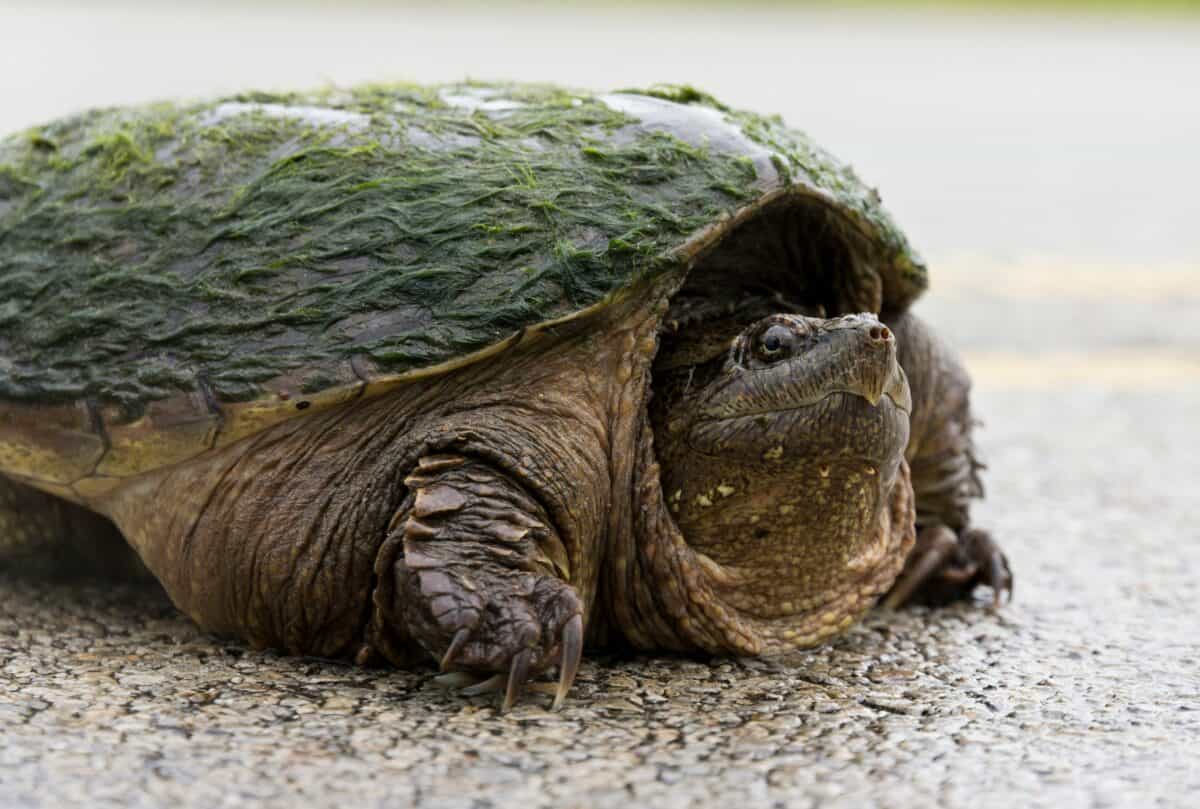
The Teenage Mutant Ninja Turtles franchise transformed ordinary red-eared sliders into pizza-loving martial arts experts, creating an unlikely cultural phenomenon. While heavily fictionalized, the characterization of each turtle does subtly reflect aspects of real turtle behavior. Turtles are indeed remarkably resilient creatures that have survived for over 200 million years through adaptability and defense mechanisms—traits metaphorically represented in the turtles’ fighting skills and protective shells. Real red-eared sliders are omnivorous freshwater turtles native to the southern United States and Mexico, known for their distinctive red patches and ability to adapt to various aquatic environments.
Kaa, the hypnotic python from Rudyard Kipling’s “The Jungle Book,” represents a more sinister but still fascinating reptilian character. While the hypnotic abilities are fictional, Kaa’s portrayal as a powerful constrictor accurately reflects the hunting methods of real pythons, which kill by coiling around prey and applying pressure until suffocation occurs rather than crushing bones as commonly believed. Pythons are ambush predators with remarkable adaptations, including heat-sensing pits that allow them to detect warm-blooded prey in complete darkness. Their ability to unhinge their jaws to consume prey much larger than their head diameter is accurately depicted in various adaptations of the story, adding authentic biological details to this memorable character.
Rodents in the Spotlight: From Mickey Mouse to Ratatouille

Mickey Mouse may be the world’s most recognized animal character, yet his portrayal bears little resemblance to actual mouse behavior or physiology beyond the most basic features. Real house mice (Mus musculus) are small, primarily nocturnal rodents with keen senses of smell and hearing that compensate for their relatively poor vision. While not depicted in Disney’s cheerful character, wild mice are prolific breeders who can produce up to 10 litters per year with 5-6 pups each—a reproductive strategy that has helped them become one of the most successful mammal species on Earth, second only to humans in their global distribution.
Pixar’s “Ratatouille” presents a more nuanced rodent protagonist in Remy, a rat with extraordinary culinary talents. While cooking rats remain firmly in the realm of fiction, the film accurately portrays many aspects of rat behavior and biology. Rats are indeed highly intelligent animals capable of complex problem-solving, tool use, and even empathy. Their excellent memories and adaptive intelligence have made them successful in diverse environments worldwide. The film also correctly depicts rats’ remarkable sense of smell, which is among the most sophisticated in the animal kingdom—though real rats use this ability to detect food and danger rather than to combine herbs and spices into gourmet dishes.
Why We Love Animal Characters: The Science and Psychology

Our enduring affection for animal characters stems from complex psychological and evolutionary factors that have shaped human-animal relationships for millennia. Anthropomorphism—attributing human characteristics to non-human entities—allows us to connect emotionally with animal characters while still recognizing their distinctly non-human traits. This cognitive tendency likely evolved as a survival mechanism, helping our ancestors predict animal behavior and identify potential threats or allies in the natural world. Today, it enables storytellers to create characters that balance familiar human emotions with the fascinating differences that make animals intriguing.
Research in developmental psychology suggests that children naturally form connections with animal characters, who serve as safe vehicles for exploring complex emotions and social situations. These characters often embody specific traits in simplified, accessible ways—the brave lion, the clever fox, the loyal dog—allowing young audiences to understand abstract concepts through concrete examples. For adults, beloved animal characters often trigger nostalgia while still resonating with universal themes. Whether through the courage of Simba, the friendship of Charlotte and Wilbur, or the adventure-seeking spirit of Curious George, these characters continue to captivate audiences across generations precisely because they combine the authenticity of real animal species with the emotional depth of human storytelling.
Conclusion

From the African savannah to the depths of the ocean, our favorite animated and fictional animal characters often have roots in real-life creatures that are just as fascinating as their on-screen counterparts. Whether it’s a hypnotic python like Kaa, a clownfish like Nemo, or a loyal Great Dane like Scooby-Doo, these beloved characters help bridge the gap between storytelling and wildlife appreciation, sparking curiosity and empathy for the natural world in audiences of all ages.
By drawing inspiration from real species, creators infuse their characters with authentic behaviors, appearances, and quirks that resonate deeply with viewers. These animals aren’t just figments of imagination—they represent vital members of our planet’s biodiversity. Celebrating them through stories not only entertains but also fosters a greater sense of connection to the real animals behind the fiction, encouraging conservation and respect for wildlife across generations.
- New Record: The Longest Eagle Flight Ever Tracked - August 24, 2025
- The Most Dangerous US States for Animal Attacks - August 24, 2025
- Wild Lynx Spotted for the First Time in a Century - August 24, 2025

